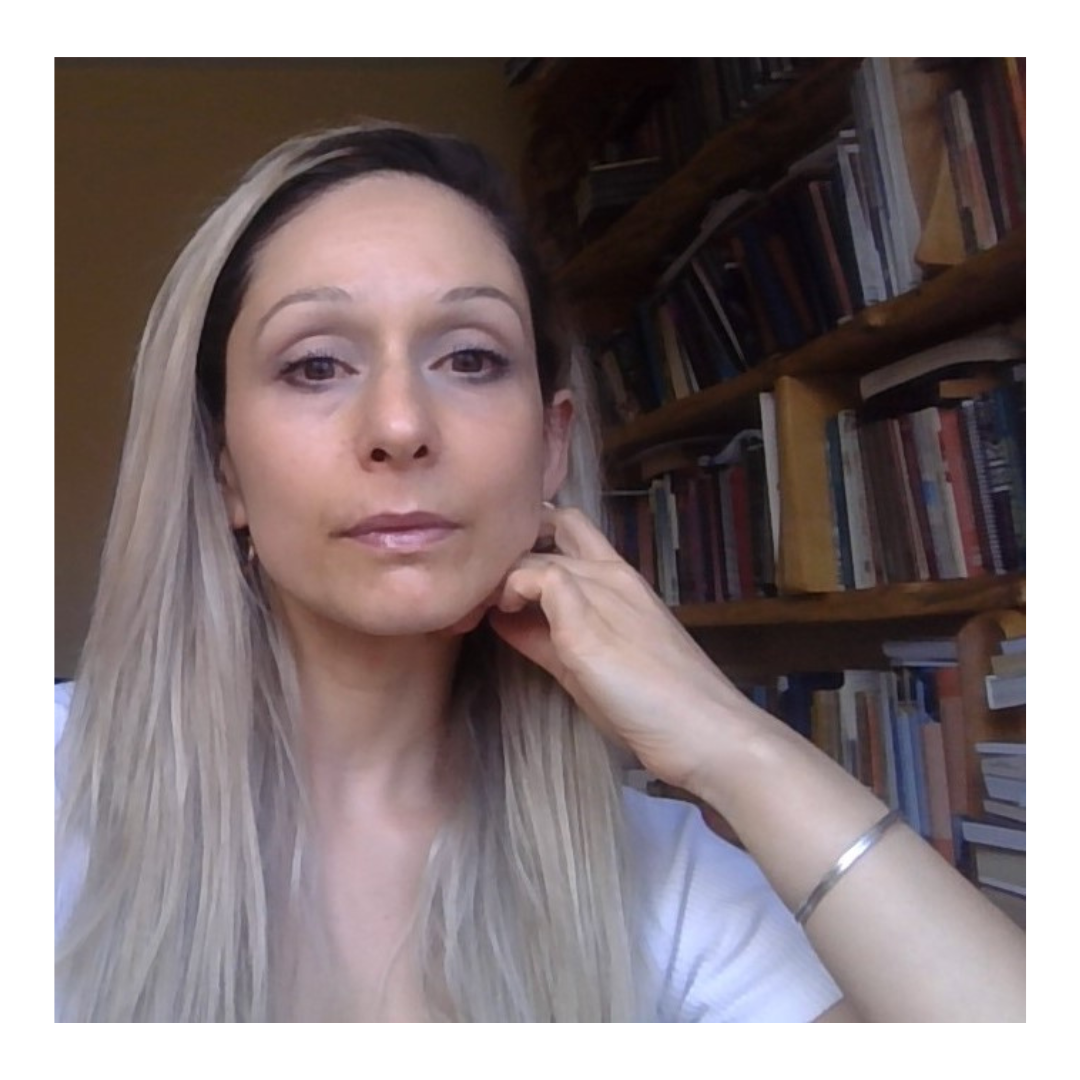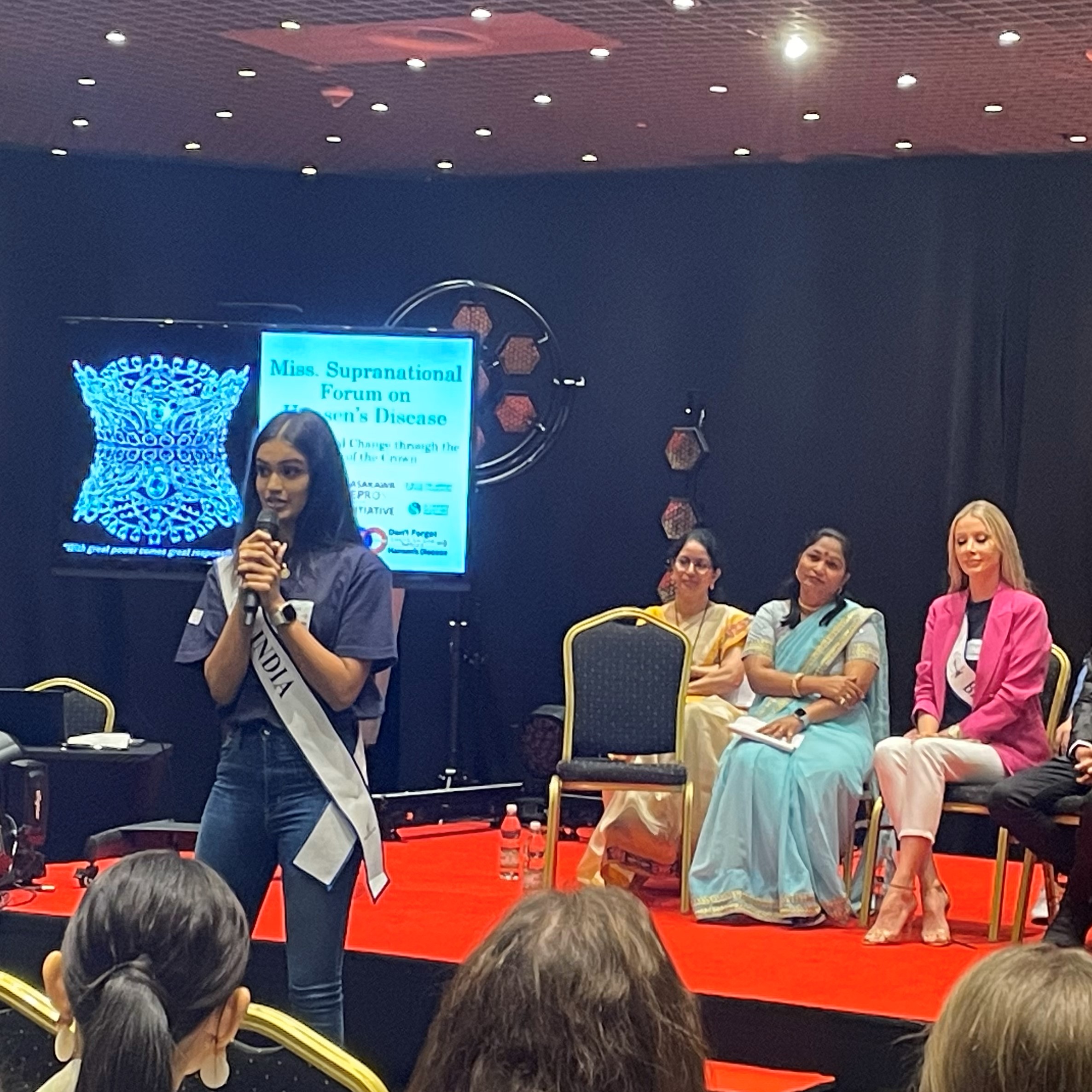
Dr. Venkata Ranganadha Rao Pemmaraju
Program Advisor for Medical Issues
Sasakawa Leprosy (Hansen’s Disease) Initiative
Dr. Pemmaraju has decades of experience in all aspects of leprosy control. His technical and administrative knowledge is balanced by time spent with persons affected by the disease. His previous positions include Acting Team Leader of the WHO Global Leprosy Programme.
Editor’s note: Since 2019, WHO has added Hansen disease (not Hansen’s) to the title of its annual global update. The WHO Style Guide (2004) recommends as follows: “Eponymous names give no information about the nature of a disease or syndrome, and different names may be used in different countries. They should be avoided whenever possible; where eponymous names must be used, the apostrophe “s” is unnecessary” [1].
“Global Leprosy (Hansen disease) update, 2022: new paradigm – control to elimination” [2] presented reports received from 182 out of 221 (80%) countries and territories using DHIS2 software, an open source health information management system coordinated by the HISP Centre at the University of Oslo. This is an impressive achievement that fulfills WHO’s function of monitoring the leprosy situation and publishing the leprosy (Hansen disease) update.
Globally 174,087 new cases were reported, which is an increase by 21.8% compared to new case detection during the COVID-19 pandemic. This increase is thanks to the committed efforts of national program health staff and all partners in continuing case detection. The “Don’t Forget Leprosy” campaign promoted by Yohei Sasakawa, WHO Goodwill Ambassador for Leprosy Elimination, also contributed to sustaining commitment to the leprosy program. The 10-year trend from 2013 to 2022 showed a general decline in the number of new cases detected globally by 19.2% from 215,673 to 174,087 and this needs to be sustained through the last mile towards elimination of leprosy. A greater decline was observed in the number of new child cases by 48% from 19,799 to 10,302. A decline of new cases with grade 2 disabilities (G2D) by 28% from 13,305 to 9,554 was reported during the same period.
Uneven distribution of leprosy endemicity was obvious. The WHO South-East Asia Region accounted for 72% of new leprosy cases. Analysis of distribution at country level showed that 95% of new cases are reported from 23 global priority countries. The prioritization using a composite index was done in 2015 and countries were listed as global priority countries in 2015. Some countries need more analysis and perhaps attention; for example, Uganda reported 581 new cases in 2022 compared to 389 in 2021, 234 in 2020, and 219 in 2019. Similarly other countries like Chad (447), Central African Republic (402), and Papua New Guinea (495) have been reporting more cases than some of the global priority countries. A review of the composite index and applying it to all countries might be a useful exercise.
The number of new child cases indirectly reflects continued transmission of infection. In 2022, the total number of new child cases reported was 10,302. Eight countries reported more than 100 new child cases: India (5,586), Indonesia (1,226), Brazil (836), Ethiopia (364), Democratic Republic of Congo (328), Mozambique (221), Nigeria (155), and Papua New Guinea (133). Concern was expressed very rightly at detection of 278 new child cases with G2D. Of the 278 new child cases with G2D, 133 were from the African Region, which calls for improved case detection in this region.
The update also highlighted 108 laws that allow discrimination on the basis of leprosy and 13 instances of discrimination. Commitment is needed to reduce the number of these laws to zero.
Coverage of post-exposure prophylaxis, such as coverage of contact examination cohorts and implementation of single dose rifampicin, needs to be considered in the global leprosy update. Reporting on treatment completion rates needs to be promoted.
The subtitle “new paradigm – control to elimination” suits the article well considering that 54 countries have reported zero cases in 2023 and 17 (30%) have been reporting zero child cases for the past five consecutive years. These countries qualify for in-depth investigation and further verification for interruption of transmission.
References
1.WHO Style Guide (2004), p. 30, https://eucliduniversity.net/wp-content/uploads/2015/12/who_style-guide1.pdf.
2. WHO Weekly Epidemiological Record, 15 September 2023, WER No. 37, 2023, 98, 409-430, https://www.who.int/publications/i/item/who-wer9937-409-430.









